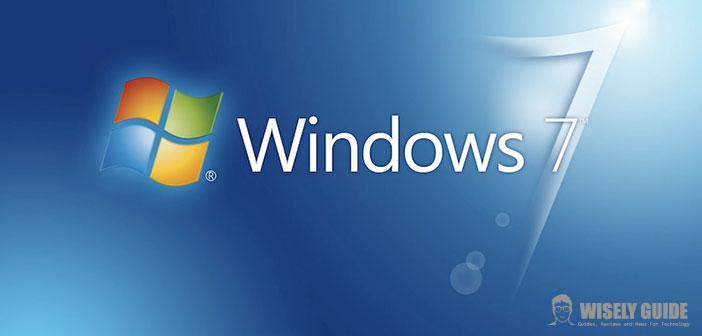Whatever the Linux distribution you have chosen, when you want access to some Windows files that at that time you need, you can do so without problems.
Linux offers support to read FAT and NTFS partitions, typical of Windows. Unfortunately, Windows does not do just as well and you can not access the Linux partitions. The problem exists even if you have a Windows operating system and Apple MacOS operating system.
The only difference is that the installation of Windows on the Mac OS can take place only by means of a program that the wheel, and that in technical language is called Virtual Machine. In other words, we need an emulation or virtualization of the operating system chosen.
Again, it is impossible to read the partitions of the other operating system from accessing Windows. Here is a guide on how to read the partitions with other systems file Windows.
1.) When you have installed, you can click on the program and run it. In the program interface you will notice that lists all the partitions on your hard drive, under the heading Hard Disk Drivers, and under the heading Physical Drive other existing disks in your computer. To access the file you need you can just click on the partition where you saved, and then scroll through the folders. When you find the folder, click on the file itself. In many computers, there are two or more operating systems.
Usually this happens because those who want to try to use Linux for the first time decided to install it in dual boot, and then to have access to two file systems on the same computer. Obviously, you will have access to one of the two systems at boot time, and you can decide which of these to use.
2.) This opens a wizard that will prompt you to save the file. Save it in the folder of the Windows file system you have chosen, so you can view the document, edit it, and save it again. After installing the program, whenever you need to recover a file of another operating system, accessing from Windows, you can do so without problems.
3.) First go to the link of the company that created it: DiskInternals, and start the download (the link is located near the end of the page). Done this click on the .exe file and install it, following the constructions displayed by the file itself.

